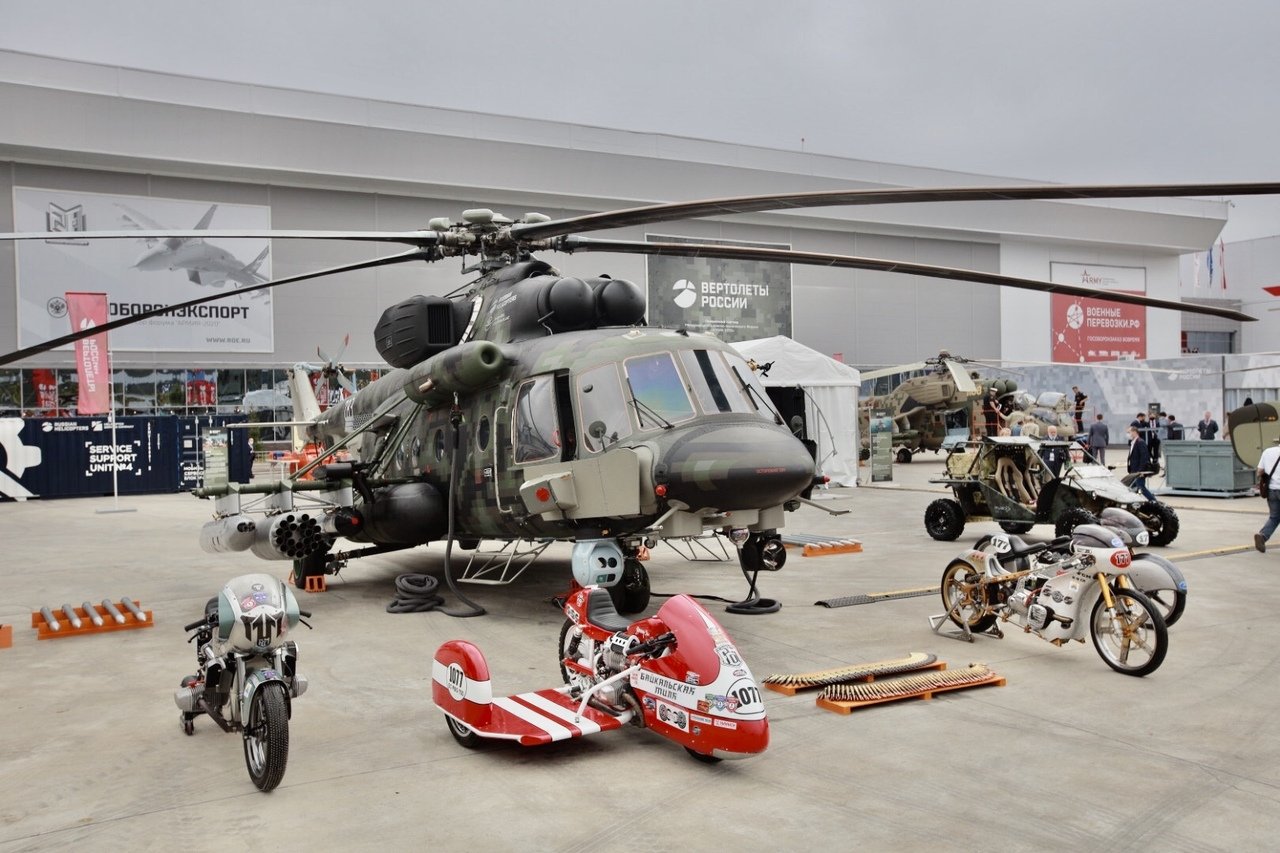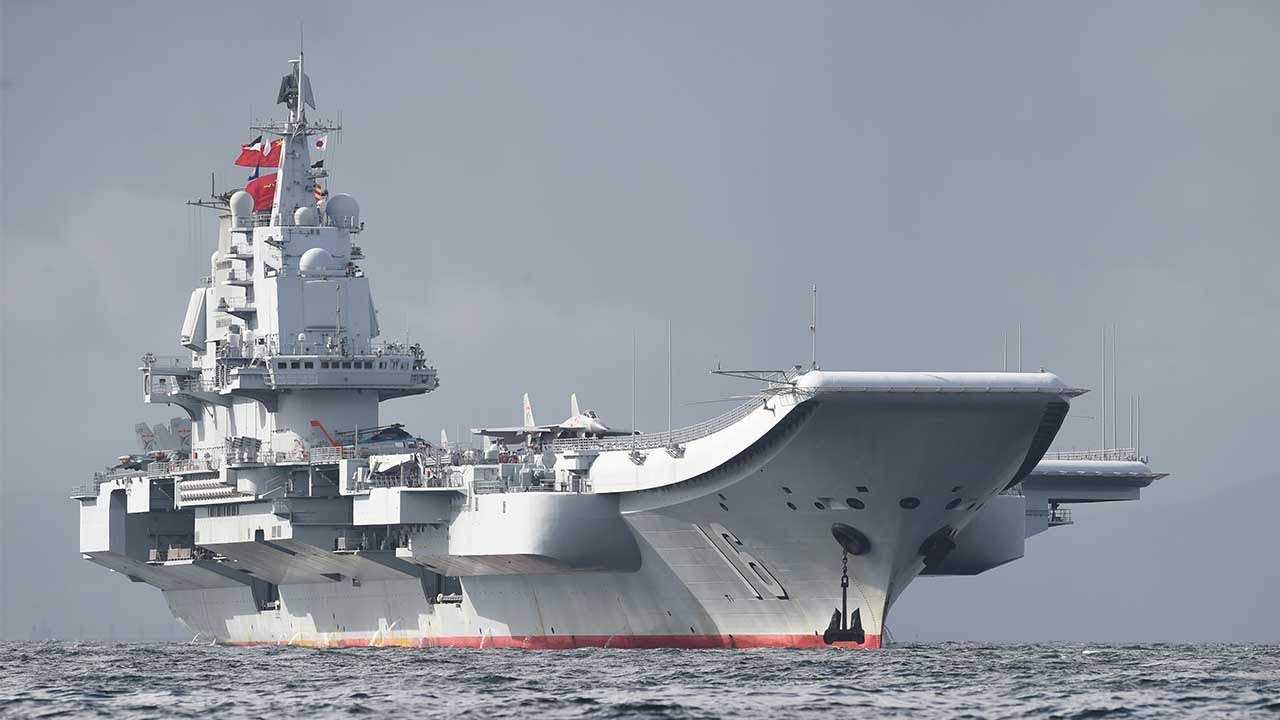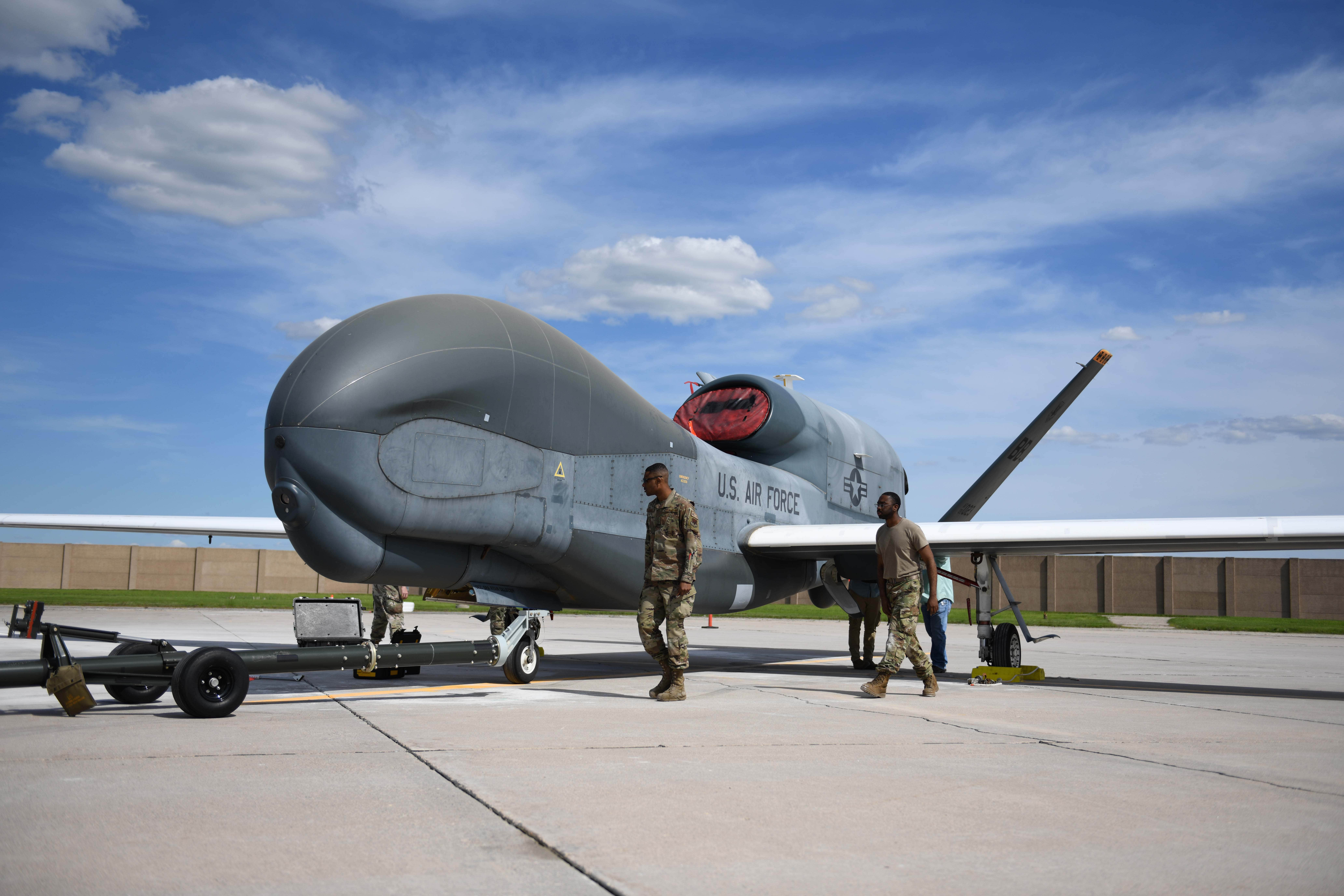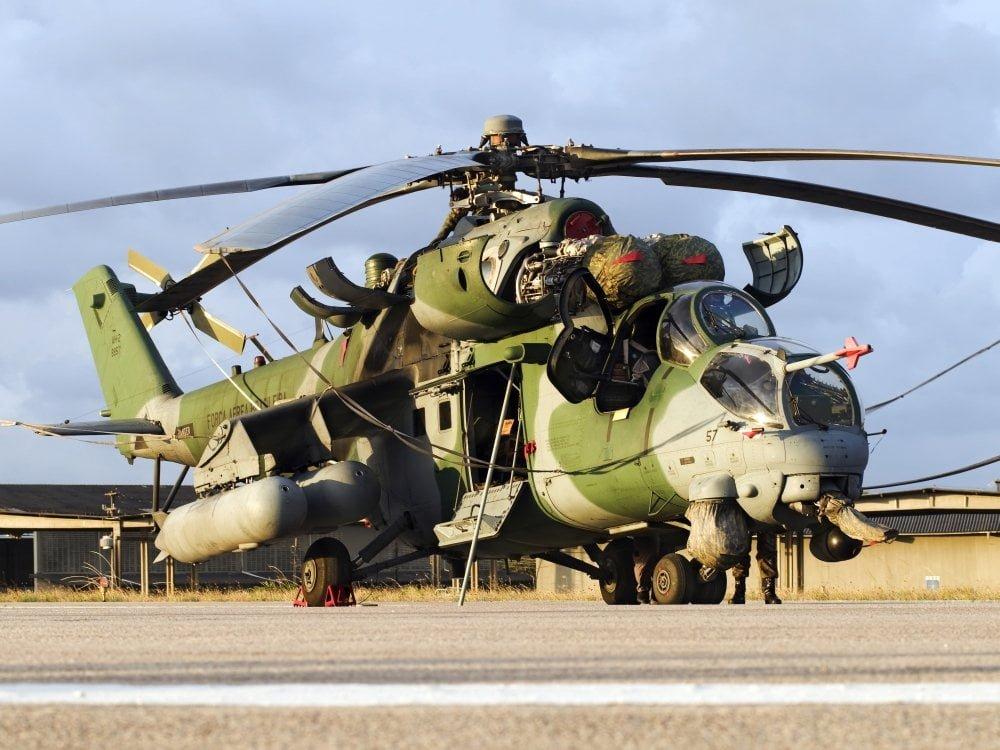The war in Ukraine has led to a dramatic increase in the deaths of dolphins and porpoises due to military operations in the Black Sea, a “heartbreaking” study has found.
The study, which was published in the Royal Society journal Biology Letters, has shown that tens of thousands of cetaceans have died in the region—a marginal sea of the Mediterranean, enclosed by Bulgaria, Georgia, Romania, Russia, Turkey, and Ukraine.
As a result, the lead author of the study has warned that these animals could be wiped out in the region.
War has always resulted in millions of silent, non-human victims. But the scale of this suffering is often difficult to quantify and typically overshadowed by the human tragedy. The latest study is a stark demonstration that humans are not the only victims of the ongoing conflict.

“We wanted to bring to light the fact that wild animals are not immune to the devastating effects of war, often enduring great suffering and death,” Ewa Węgrzyn, an author of the study at the University of Rzeszów, Poland, told Newsweek. “The scale of animal suffering during a war is enormous, but usually, the facts are unknown for several reasons.”
“Firstly, the plight of other creatures is often overshadowed by the human toll,” she said. “Secondly, conducting scientific research during war is extremely challenging. And thirdly, even during times of peace, monitoring the mortality of some species is difficult, so it is even more unclear what happens to them during wartime.”
The mortality of cetaceans—a family of marine mammals that includes whales, dolphins and porpoises—resulting from warfare has not been investigated to date, according to Węgrzyn.
“The sole records available come from investigations of relatively short-term military exercises, which proved to be a deadly threat for numerous species of cetaceans,” Węgrzyn said.
“One of the co-authors of our article, Ivan Rusev, lives and conducts research on the Black Sea coast as a scientific staff [member] of the Tuzlivsky Limany Nature National Park. After the outbreak of war, he noticed an increase in the number of dead dolphins washed ashore. He also received similar reports from other countries surrounding the Black Sea.”
Węgrzyn said these reports were “particularly worrying” because all three cetacean species found in the Black Sea— the harbour porpoise, the short-beaked common dolphin, and the common bottlenose dolphin—are listed on the International Union for Conservation of Nature Red List of Threatened Species.

“Thus, we decided to conduct scientific research to find out how war affects cetaceans and what is the scale of the threat,” Węgrzyn said.
For the study, the researchers combined a citizen science approach that made use of social media with more traditional methods. Citizen science is a useful tool to collect a large dataset over the vast area of the Black Sea, according to Węgrzyn.
Citizen science projects typically involve initiatives in which a group of non-scientist volunteers consciously participate by collecting and submitting data to researchers, who then analyze it and interpret the results.
“We came up with the idea that other approaches of linking citizen-collected data and scientists may also work,” Węgrzyn said. “For example, scientists may collect information made available on the Internet by many people, who do not intentionally participate in a particular project, but do share public information on social media. A great number of people use social media thus we thought that they may be a source of information that is otherwise extremely difficult to obtain over a long period of time and from a large area.”
“We assumed that observing a dolphin stranding is a deeply emotional event for many people, thus the probability of eyewitnesses sharing information and/or photographs on social media platforms seemed really high.”
Furthermore, social media posts often contain tags that make information more easily accessible.
“This approach has the advantage of not requiring volunteer training or the implementation of a complex project, which may not be possible during times of war,” Węgrzyn said.
Last year, over a period of three months—May, June and July—the researchers scoured the Internet and collected citizen information on dolphin standings posted to social media platforms from Ukraine, as well as other Black Sea countries.

Given that results obtained through citizen science initiatives may not always be as accurate as those gathered through more traditional scientific methods, the researchers also conduced a small-scale study in the Tuzlivsky Limany Nature National Park, located in southern Ukraine.
In addition, Węgrzyn and colleagues examined data on cetacean mortality in the region from the same months between the years 2015-2021—prior to Russia’s full-scale invasion of Ukraine.
With their dual approach, the researchers documented a “significant rise” in cetacean mortality attributed to military activities in the Black Sea.
How Many Dolphins Have Died During Ukraine-Russia War?
The data collected from social media identified approximately 2,500 cetacean corpses that washed up on the Black Sea coast during the three months of the investigation.
Given that only a small percentage of dead dolphins and porpoises are estimated to wash ashore—the remaining carcasses sink to the bottom—the researchers determined that the 2,500 documented strandings likely represented the deaths of 37,500-48,000 creatures in just three months of war.
“This is one-sixth to one-fifth of the Black Sea population, which was approximately 253,000 cetaceans prior to the war,” Węgrzyn said. “Thus, in the long term, cetaceans in the Black Sea may face extinction. For me, the results of our investigation are heartbreaking.”
To compare the results of the large-scale social media project and the small-scale scientific investigation in Tuzlivski lymany, the researchers calculated the number of dead cetaceans that washed up per kilometer of shoreline.
The numbers they came up with were 0.5 and 0.7 respectively, indicating that the findings from the large-scale social media survey were roughly in line with the Tuzlivsky Limany small-scale scientific investigation.
Węgrzyn and colleagues also compared their findings on cetacean mortality during the war to pre-war data. This revealed that cetacean mortality has increased by around 9-14 times depending on the location. But how exactly are cetaceans dying as a result of military activities?
“Dolphins and porpoises washed ashore during our investigation exhibited fresh war-related injuries on their bodies,” Węgrzyn said. “Many dolphins died due to injuries caused directly by explosions.”
Numerous mines, the naval battle for Snake Island and the shelling of the port of Odesa and its surroundings by the Russian military have been the cause of constant explosions in the Black Sea.

“Other individuals lost their lives due to decompression sickness, as explosions may cause rapid ascents of cetaceans to the surface,” Węgrzyn said. “Many of them also died due to starvation and hypothermia—individuals had a very thin layer of fat—as sonar destroys their ability to navigate and hunt.”
Sonar technologies affect a part of the dolphin brain known as the melon—a key organ involved in communication and echolocation that enables them to navigate and hunt.
“Without these activities dolphins cannot survive,” Węgrzyn said. “Previous research on the effect of military exercises on cetaceans showed that exposure to sonar signals led to a great energy deficit in whales. Energy loss over 40 percent is a lethal threat to cetaceans and it may result from only ten days of fasting.”
“It has been documented that sonar signals can disrupt cetacean behavior over distances of up to 90 nautical miles suggesting that the extended and large-scale military operations during the war may have left little undisturbed space for cetaceans in the Black Sea,” Węgrzyn said.
A considerable number of the cetaceans that washed ashore were still alive at the time, but they were injured so heavily that it would have been impossible to save them, according to Węgrzyn.
“It is likely that these sentient animals suffer significantly before they die of injuries inflicted by war. Without a doubt, they die long hours in pain,” Węgrzyn said.
“Dolphins develop self-awareness earlier in life than humans and their intelligence rivals that of the great apes making them the second smartest creature after humans. In this perspective, the cruelty they experience due to a military operation in the Black Sea appears to be close to human suffering during the war.”
Despite the various ways in which war has a negative effect on wildlife, its impact seems to have received less attention from scientists compared to that of industrial and agricultural activities, according to Węgrzyn.
“To bring more attention to the fate of animals affected by war, there is a need to shed light on this issue,” Węgrzyn said. “In our opinion, the utilization of citizen science can be a potent approach to draw attention to the suffering of animals during wartime.”
“The sixth mass extinction is already well underway. A deadly mix of climate change, environmental pollution and importantly, as we highlight here, human war and conflict are having a devastating impact on animals and our planet. To aid in future conservation and management efforts for these victims, it is crucial to measure and record the extent of non-human fatalities caused by war.”





